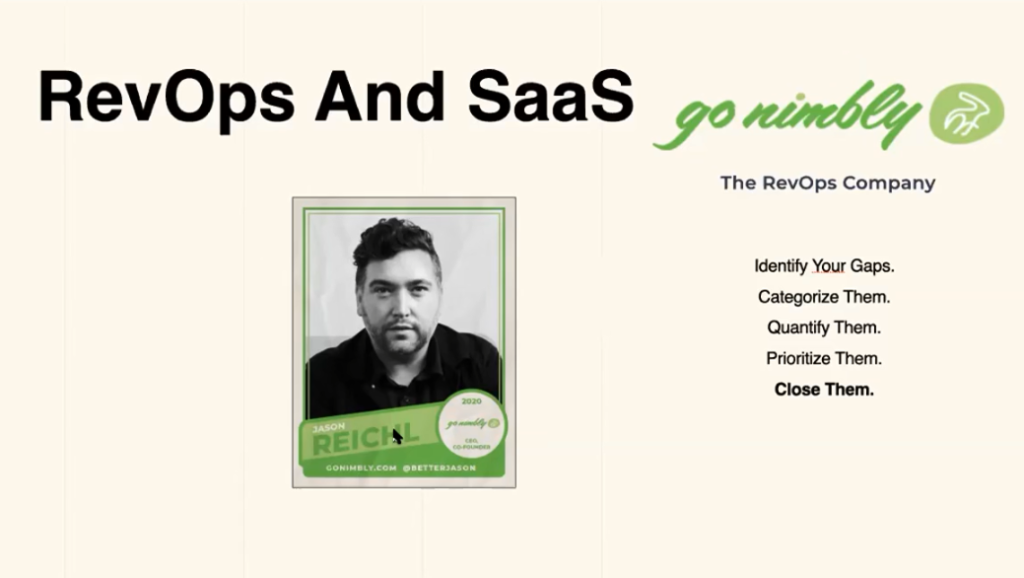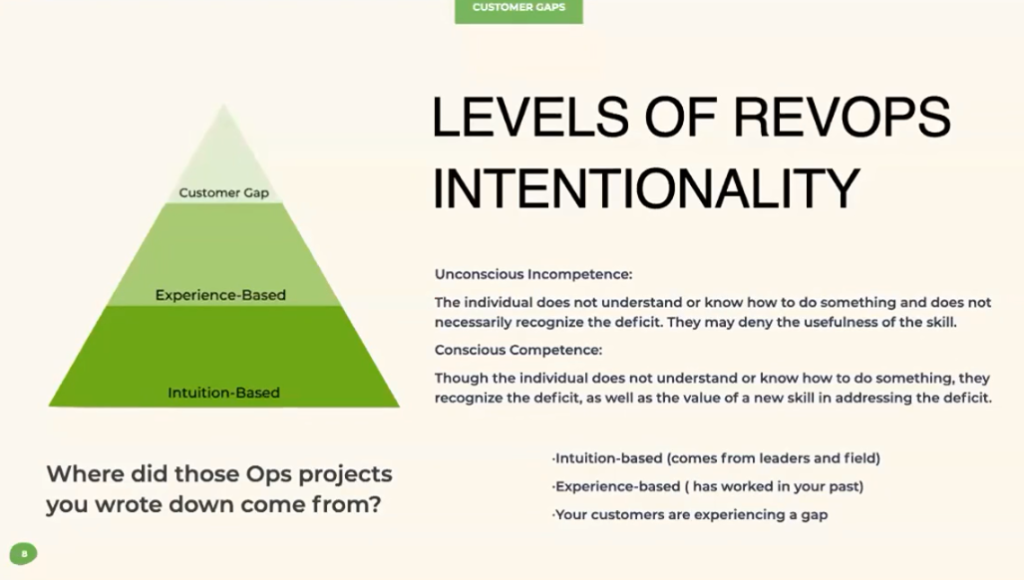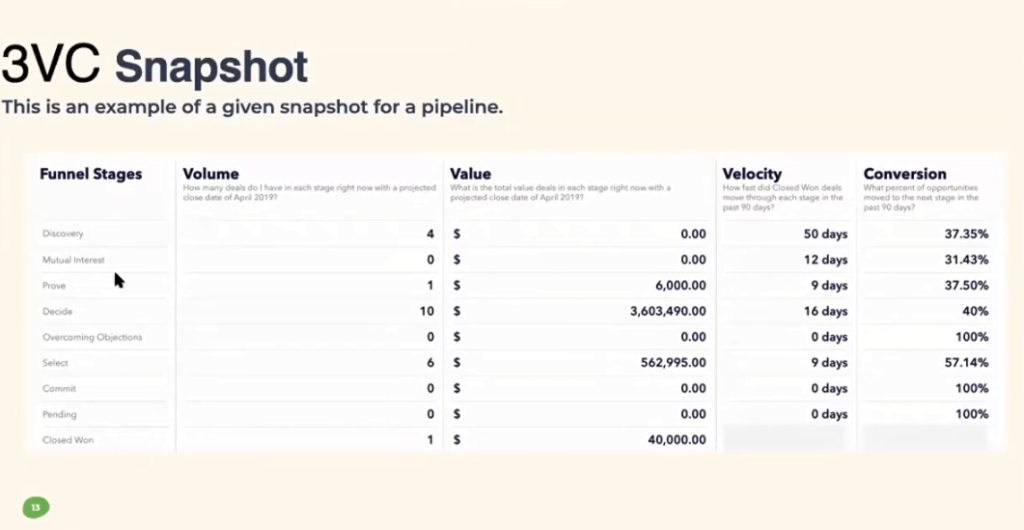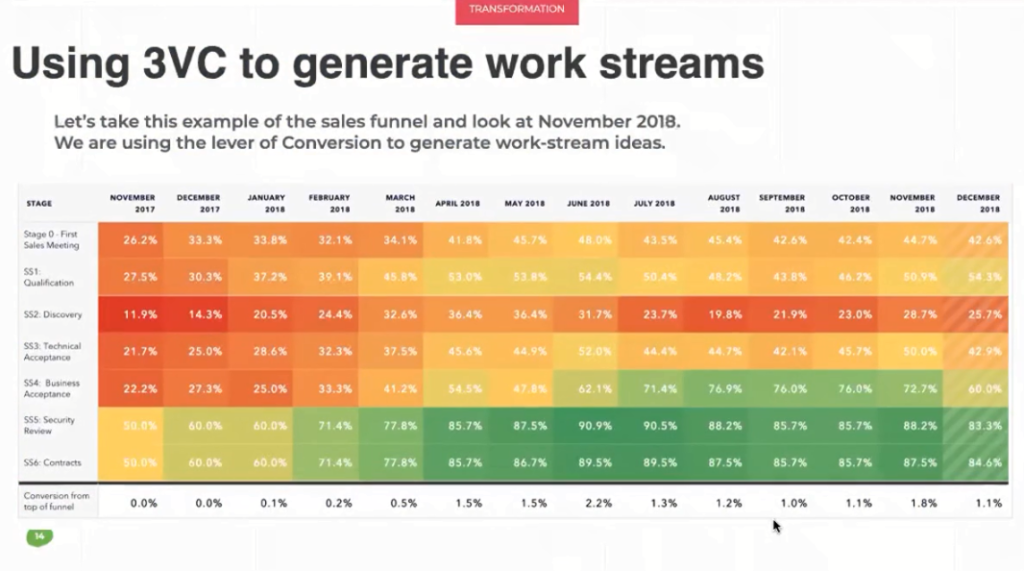
Today it is my pleasure to introduce Jason Reichl, the co–founder of Go Nimbly, whose mission is to eliminate operational silos within go–to–market SaaS teams and how the sales communication process greatly impacts revenue.

Go Nimbly is the revenue operations company. Our job is to help SaaS and high growth companies really understand how to maximize the value of their customer. We do this through a revenue operations methodology that we have created, which looks like consulting coaching and software that we put into the marketplace in order to help operators maximize on their customer. We have worked with some of the biggest names in SaaS like Zendesk, Twilio and Coursera.
We are going to talk about how revenue operations specifically at early stage companies can really make a difference between having the growth and scalable business that you want to run and not having it.
Business typically breaks down into two flywheels. The right side of the flywheel which is your product team, your business operations, and they are really about growth or margin of your product. The left fly wheel is your go–to–market team, which is all of your operators, your sales and marketing team as well as your customer success team. They are focused on increasing revenue for your business.
Go Nimbly focuses all our energy on the marketing side of the business.
The Level of RevOps Intentionality

At Go Nimbly we are basically finding the gaps the customers experience, the customers don’t care about sales, marketing, customer success, they care about the experience of buying your product and every time they find a gap in your process, what they do is spend less money or you lose political trust with them which usually means they are not going to bring it across their org, they are not going to sign a long term contract and other things that hurt the LTV of the customer.
We usually look for these gaps and we prioritize our operational work based on the customer.

We will be looking at how to find gaps that you can close which are scalable and we have invented a model that anyone can use called 3VC.

Anyone that has HubSpot, Salesforce or any kind of CRM, you will be able to get these things from your opportunity pipeline data.
Volume is the volume of opportunity going through the pipeline. Value is the $ amount while velocity is how fast they are moving. Conversion is your conversion.


Go Nimbly does two things, we always measure our customers against themselves for the last six months so that we can get how well you are doing. We also measure you against all the customers in the industry of SaaS that Go Nimbly has.
For example, in the image above as at August 2018 SS2: Discovery (19.8%) in discovery we found out that they were having an issue, we were able to think of operational projects that would target that area and potentially move it up. By December 2018 it was at 25.7%. The issue was they had hired a bunch of BDRs that were not good at discovery calls so the customers were not seeing the need to move forward.
We did enablement which is part of the RevOps skillset to teach the BDRs how to run proper discovery calls and if we go further into 2019 and 2020, the numbers are around 40% and they have a total conversion rate of about 4%.
If you had a velocity-based business and then you had an enterprise sales track, those will be two different 3VC pipelines you will be looking at.
A common question people have is how do you find marketing automation gaps.
If you look at stage zero which is the first sales meeting, anytime in the very front of your funnel there are issues, it is typically a marketing automation issue which could be something around MQL or something around scoring.
We think of ourselves as holistic operators that are going to solve the problems that are going to push the customer towards closing bigger deals with us.
The coolest thing about 3VC as a practice is that you don’t need to have good data to measure against yourself as long as you have a consistent data pattern.
If you have shitty data, and your team is bad at putting information in, you are still going to be able to find the gaps because you are still going to see them in this model.
If you want to compare yourself to others SaaS organizations like Go Nimbly does, we actually take people’s data, clean it up and we put a meta layer over it.
We recommend the proper five step process for most SaaS companies and they are:
1. Intro
- Discovery
- Demo
- Proposal
- Close one or close lost
Rev Ops is just taking data, using it and finding the biggest bang for your buck.
On average is 1% conversion rate a good benchmark for SaaS founders
With revenue operation you can get to about 3% to 4%, while standard operations is about 1%. If I showed you the 2019 numbers of the organization that implemented RevOps, they got to about 2.5% to 2.7% by the end of 2019, so we can convert about 4% of our visitors to sales at this point using the robust methodologies for most velocity-based businesses.
If you are talking about enterprise businesses it might stay around 1% but you will see an increase of about 10% to 15% of value so you will see bigger deals closing.
Resources
Jason on LinkedIn
Go Nimbly
Connect with Natalie here:
https://www.facebook.com/natalialunevaspeaks
https://www.linkedin.com/in/natalialuneva/
Join SaaS Boss group: https://www.facebook.com/groups/saasboss
